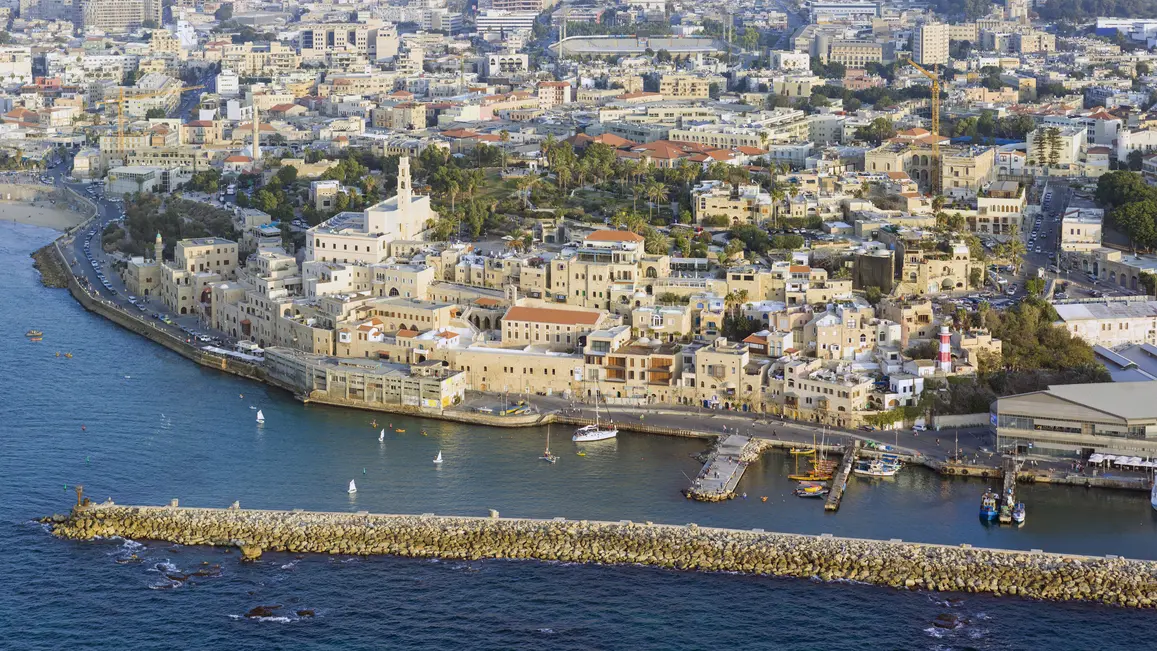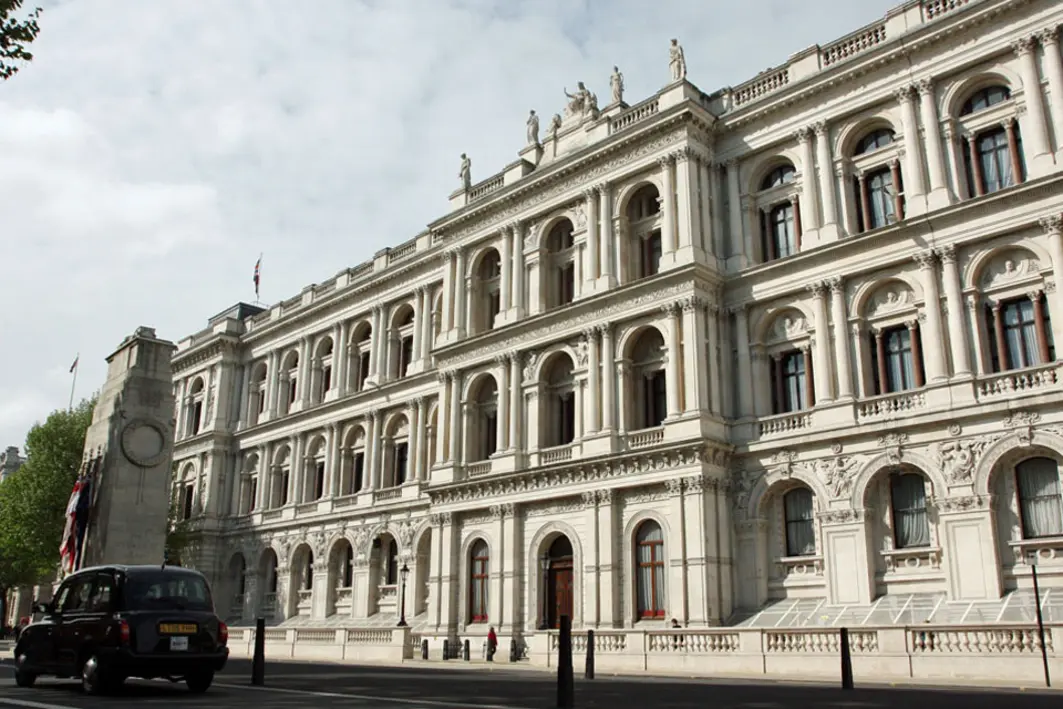Gaza Ceasefire Tested: Israel Limits Aid as Hostage Remains Dispute Escalates

The fragile ceasefire in Gaza faced a significant challenge on Tuesday as Israel announced a drastic reduction in humanitarian aid flow into the devastated Palestinian territory and postponed the reopening of the crucial Rafah border crossing with Egypt. This decision stems from a dispute with Hamas over the timely return of deceased hostages.

Hamas had handed over the remains of four hostages to the International Committee of the Red Cross on Tuesday night, bringing the total number of bodies transferred since the US-brokered ceasefire to eight. However, 20 bodies are still unaccounted for, with Hamas stating that identifying all burial sites poses a significant obstacle.
The Red Cross had previously warned on Monday that the retrieval of remains was a “massive challenge” due to the extensive damage in Gaza, potentially taking days or even weeks. Despite this, Israel responded severely, accusing Hamas of deliberately delaying the process. Consequently, the number of aid trucks permitted into Gaza will be halved to 300 daily, and the planned opening of the Rafah crossing has been deferred, both actions violating the ceasefire agreement brokered by Donald Trump.
The initial ceasefire agreement saw the release of the last 20 living Israeli hostages by Hamas on Monday, the freeing of nearly 2,000 Palestinians from Israeli custody, and a partial Israeli withdrawal from Gaza. However, the subsequent phases, aimed at solidifying the truce and progressing towards a lasting peace, are now fraught with increased risk and tension.
Mounting Pressure and Humanitarian Concerns
Donald Trump expressed strong dissatisfaction with the delay, urging Hamas to release the remaining bodies to enable the next phase of the Gaza plan. He posted on social media, “A big burden has been lifted, but the job IS NOT DONE. THE DEAD HAVE NOT BEEN RETURNED, AS PROMISED! Phase Two begins right NOW!!!” Early tensions in the ceasefire were anticipated as both sides aimed to leverage advantages during the implementation of the ill-defined 20-point plan.
The decision to restrict vital humanitarian aid and delay the Rafah crossing opening has shocked humanitarian officials in Gaza. They reported that only limited supplies had entered the region since the ceasefire deal was agreed. The UN indicated that tents, frozen meat, fresh fruit, flour, and medicines crossed into Gaza on Saturday, but no trucks entered from Israel on Monday due to hostage passage, and Tuesday saw closures for a Jewish religious holiday.
Amjad al-Shawa, director of the Palestinian NGO Network, emphasized the ongoing severity of the humanitarian crisis, stating, “We didn’t witness any significant change on the ground. In the north especially, we need services, tents, water, heavy equipment… Everything, basically. We cannot say there is a flood of aid.” During the war, Israeli restrictions on entry and exit routes led to a widespread famine in many parts of Gaza.
Sporadic Violence and Reconstruction Efforts
Following Monday’s celebrations, tensions escalated throughout Tuesday with sporadic violence across Gaza. Israeli forces, which had retreated to a designated “yellow line” on Saturday but still occupy over half of Gaza, reportedly opened fire on civilians approaching their positions in two separate incidents, killing six. Hamas spokesperson Hazem Qassem condemned these shootings as breaches of the ceasefire, accusing Israel of trying to “evade its commitments to the mediators.”
Concurrently, Hamas continued its efforts to reassert authority, deploying armed fighters and police on the streets, and targeting those perceived as opposed to its rule or aligned with Israel. Disturbing reports included a video circulating late Monday showing Hamas fighters executing seven men in a Gaza City square. Trump later commented that Hamas would be forced to disarm, warning, “If they don’t disarm we will disarm them and it will happen quickly and perhaps violently.”
Beyond immediate security concerns, attention is now shifting to establishing a transitional authority in Gaza and a multinational stabilization force, as outlined in the peace deal. Both are expected to be overseen by a “board of peace” chaired by Trump, potentially involving Tony Blair. Egyptian Foreign Minister Badr Abdelatty confirmed that 15 Palestinian technocrats, approved by all Palestinian factions including Hamas and vetted by Israel, have been selected to manage Gaza’s daily life and supervise reconstruction funding.
As tens of thousands return to their ruined homes, the immense scale of destruction in Gaza is becoming starkly clear. Jaco Cilliers, a special representative to the UN Development Programme, stated that the UN, EU, and World Bank jointly estimate the reconstruction of Gaza will cost an astounding $70 billion (£53 billion). Cilliers noted that an initial $20 billion would be needed within the next three years, with the remainder spread over decades, highlighting the colossal task ahead. The estimated 55 million tonnes of rubble across Gaza is equivalent to 13 Great Pyramids of Giza, underscoring the severity of the damage.



